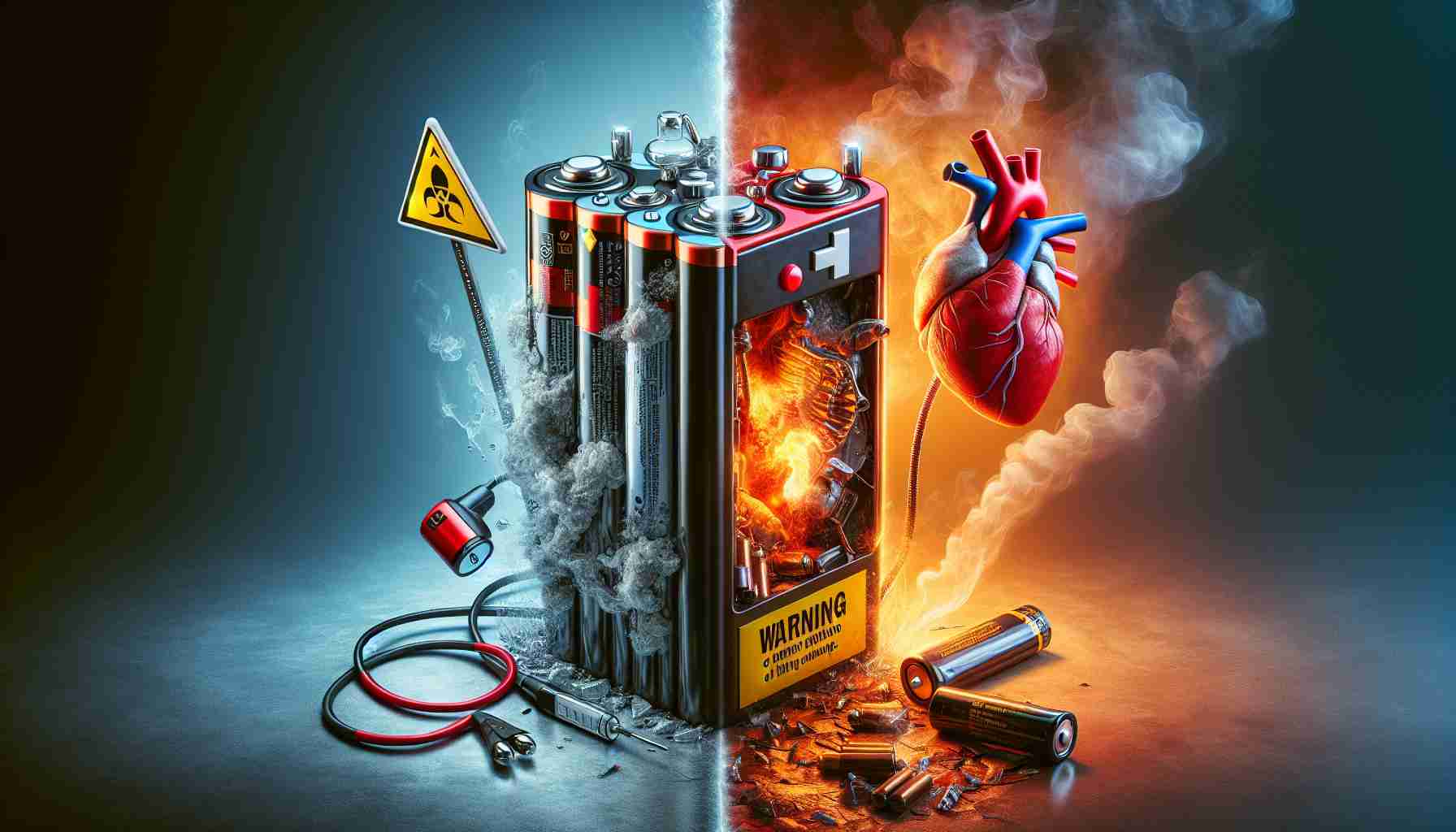Batteries are everyday objects that power our devices and bring convenience to our lives. However, they also have a darker side that can cause harm and even death. While most of us are familiar with the dangers of button battery ingestion, there is another aspect to batteries that often goes unnoticed – their life-saving potential in medical implantable devices.
Button batteries, which are small, round, and shiny, can be easily mistaken for sweets by young children. When swallowed, they can become lodged in the esophagus and cause irreparable damage due to the corrosive alkaline substance they produce. These batteries can burn through tissues and even reach vital structures like the aorta and the bronchus, leading to severe complications and potentially death. It is crucial to act swiftly if a child swallows a button battery.
On the other hand, medical implantable devices such as pacemakers and defibrillators rely on batteries to maintain the rhythm of the heartbeat and prevent sudden cardiac arrest. These lithium-based batteries are carefully regulated and tested to ensure their safety and performance. They are designed to be easily replaceable and located beneath the skin, minimizing the risk of tissue damage.
Implantable devices have improved over the years, with self-charging pacemakers on the horizon that can convert the heart’s energy into stored power. These advancements offer hope for individuals with cardiac conditions and provide a better quality of life.
Interestingly, batteries also pose a risk after death. If not removed prior to cremation, they can explode due to the reaction of their elements at high temperatures. This is a lesser-known danger that funeral practices must be aware of to prevent accidents.
While the dangers of batteries, especially button batteries, cannot be ignored, it is essential to recognize their life-saving role in medical devices. By understanding both sides of the coin, we can take necessary precautions to keep children safe and appreciate the advancements that batteries bring to the field of medicine.
FAQ:
1. What are the dangers associated with button batteries?
Button batteries can be easily mistaken for sweets by young children and when swallowed, they can become lodged in the esophagus and cause irreparable damage. The corrosive alkaline substance they produce can burn through tissues and reach vital structures like the aorta and the bronchus, leading to severe complications and potentially death.
2. What is the role of batteries in medical implantable devices?
Batteries are essential in medical implantable devices such as pacemakers and defibrillators. They power these devices and maintain the rhythm of the heartbeat, preventing sudden cardiac arrest. These lithium-based batteries are carefully regulated and tested for safety and performance. They are designed to be easily replaceable and located beneath the skin to minimize the risk of tissue damage.
3. Are there any advancements in implantable devices?
Yes, there have been advancements in implantable devices. Self-charging pacemakers are being developed, which can convert the heart’s energy into stored power. These advancements offer hope for individuals with cardiac conditions and provide a better quality of life.
4. What risk do batteries pose after death?
If batteries are not removed prior to cremation, they can explode due to the reaction of their elements at high temperatures. This is a lesser-known danger that funeral practices must be aware of to prevent accidents.
Definitions:
1. Button batteries: Small, round, and shiny batteries often mistaken for sweets by young children. When swallowed, they can cause serious damage due to the corrosive alkaline substance they produce.
2. Pacemakers: Medical devices used to maintain the rhythm of the heartbeat.
3. Defibrillators: Medical devices used to restore a normal heart rhythm in individuals experiencing sudden cardiac arrest.
4. Lithium-based batteries: Batteries commonly used in medical implantable devices due to their reliability and performance.
5. Self-charging pacemakers: Pacemakers that can convert the heart’s energy into stored power, eliminating the need for battery replacement.
Related links:
– Pacemakers Overview
– Implantable Cardioverter Defibrillator (ICD)
– Self-Powered Pacemakers
The source of the article is from the blog xn--campiahoy-p6a.es
